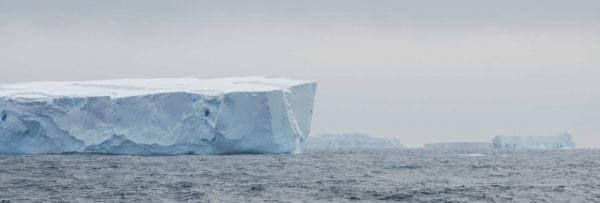New research on Antarctic sediment layers has shown that the East Antarctic Ice Sheet (EAIS), also known as Antarctica’s ‘sleeping giant’, retreated during extended warm periods in the past - when temperatures were like those predicted for this century.
The international research team, led by Dr David Wilson of Imperial College London (now at UCL), used evidence from a previous time in Earth’s history, the late Pleistocene, to inform how the EIAS might react to a warming climate. Scientists had previously focused on the West Antarctic Ice Sheet, which predominantly sits on land below sea level, and contributes most of Antarctica’s ice melt today.In contrast, the EAIS mostly lies on land above sea level. It is the largest ice sheet on Earth, at around 60 times the area of the UK. The sleeping giant contains around half of Earth’s freshwater but is assumed to be less sensitive to a warming climate.
However, the new study, published today in Nature, suggests that 2°C warming in Antarctica, if sustained over a couple of millennia, would lead to melting in an area of the EAIS that lies below sea level. This has implications for rising sea levels and highlights global warming’s threat to human civilisation.
Read more at Imperial College London
Image: Icebergs in the Southern Ocean, taken on expedition near the Wilkes Subglacial Basin.
CREDIT: Christina Riesselman, University of Otago.


